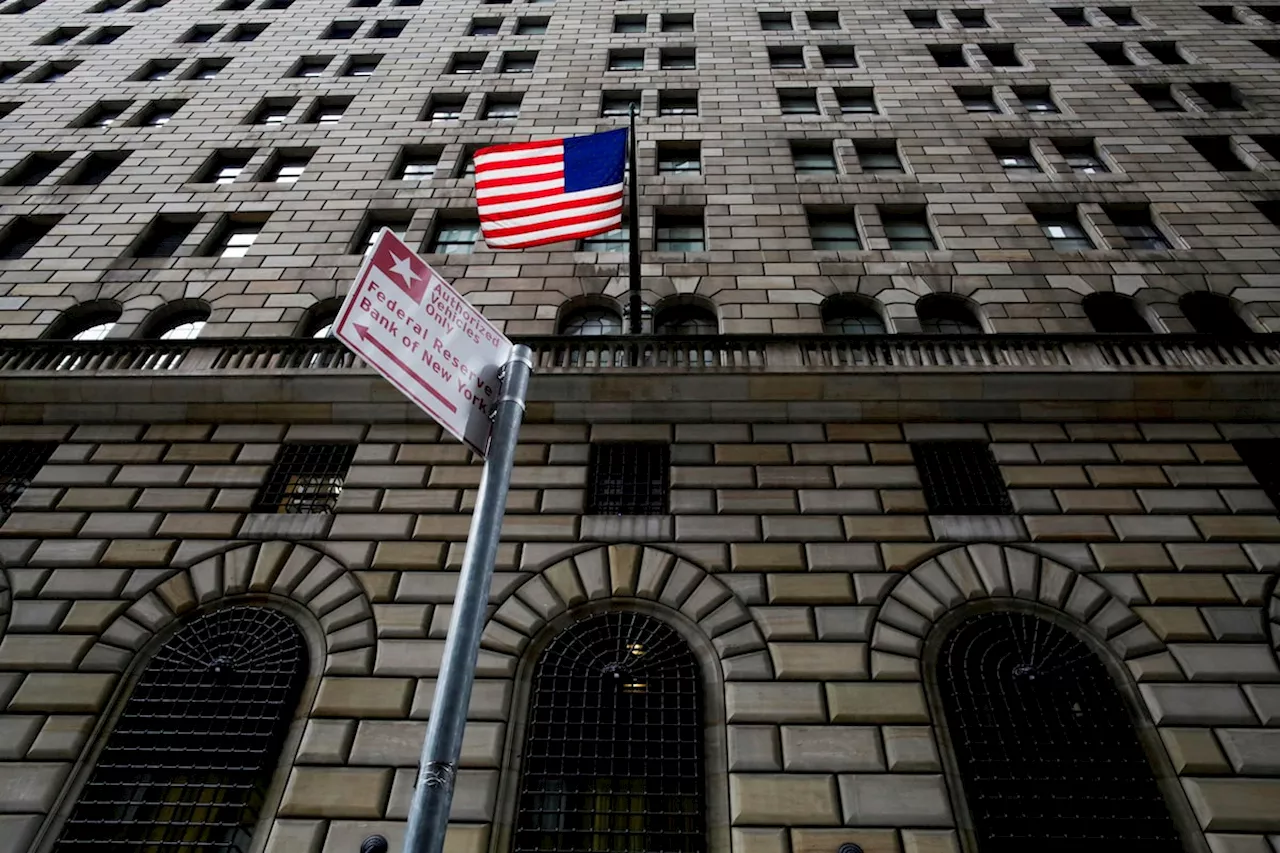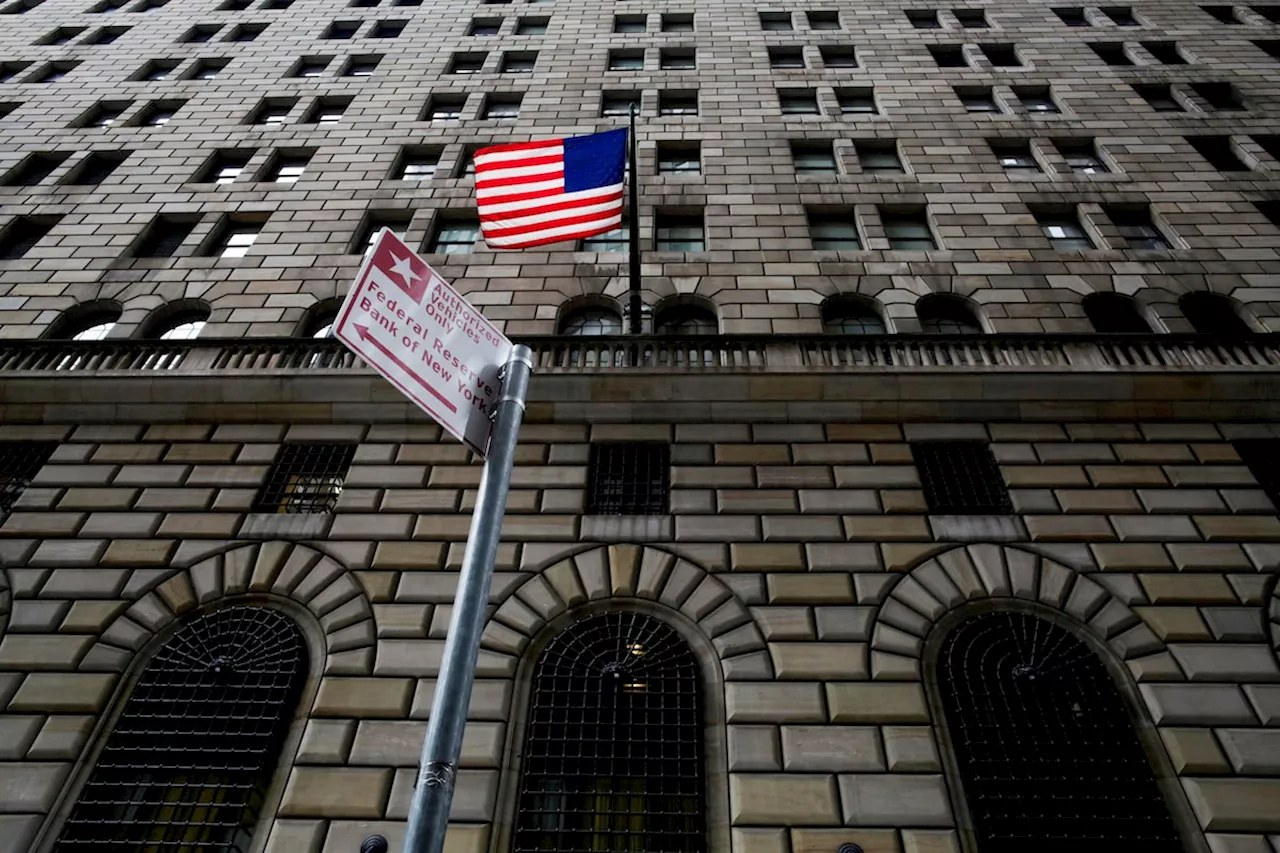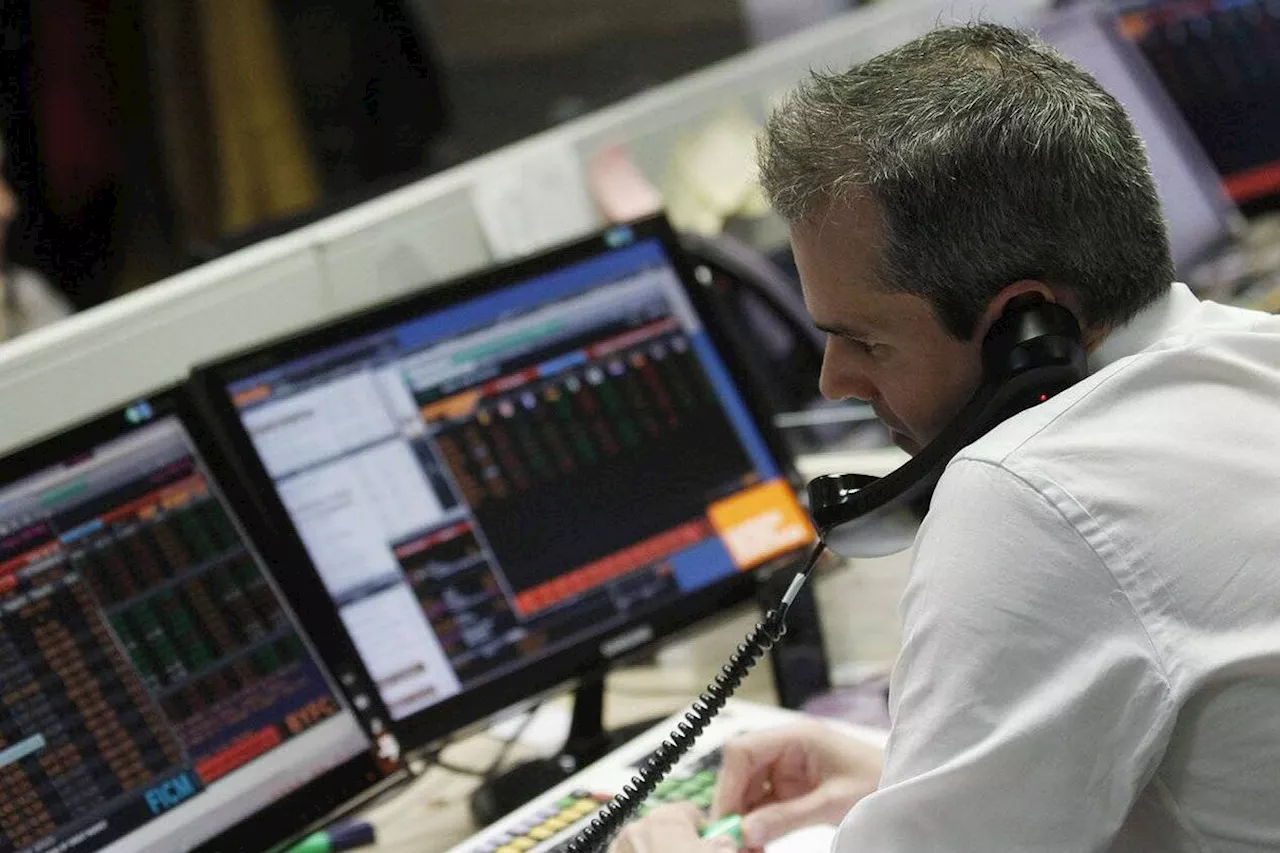Scott Barlow also highlights some of the most remarkable important scientific developments of 2024
In this Market Factors , we describe why equity investors need to follow the U.S. ten-year bond yield, explain why dividend yield is less important than many believe, and take a look at some of the most remarkable important scientific developments of 2024.Morgan Stanley chief investment officer Michael Wilson sees the recent increase in longer-term U.S. bond yields as a potential sign of concern regarding future funding of the country’s massive deficit.
The strategist predicts that the strongly negative correlation between bond yields and equity prices will continue until the ten-year yield falls back below 4.5 per cent. In this high-yield environment, he favours financial, media and entertainment stocks and likes consumer services stocks over consumer goods.
I think the piece is valuable as a reminder that dividend investors have benefitted from generally falling bond yields over the past 42 years – lower fixed income yields make equity dividends more attractive by comparison. The Canadian ten-year bond, however, hit 54 basis points during the pandemic and had no where to go but up. The multi-decade trend of falling yields is over.
Market Factors Marketfactorsnewsletter
Canada Latest News, Canada Headlines
Similar News:You can also read news stories similar to this one that we have collected from other news sources.
 ETH Rally: Market Factors Point to Further Upside PotentialETH price shows signs of recovery with a 2.41% gain in the past 24 hours, driven by increased liquidity inflows and exchange supply reduction. Market analysts suggest this uptick could signal a broader upward trend.
ETH Rally: Market Factors Point to Further Upside PotentialETH price shows signs of recovery with a 2.41% gain in the past 24 hours, driven by increased liquidity inflows and exchange supply reduction. Market analysts suggest this uptick could signal a broader upward trend.
Read more »
 Market Factors: How to pick the REITs that will outperform in 2025Plus, why U.S. stocks may not be all that expensive after all
Market Factors: How to pick the REITs that will outperform in 2025Plus, why U.S. stocks may not be all that expensive after all
Read more »
 Market Factors: Five questions for bank investorsPlus, maybe there’s not much money on the sidelines after all
Market Factors: Five questions for bank investorsPlus, maybe there’s not much money on the sidelines after all
Read more »
 Bond Market Volatility Shakes Stock MarketRecent surges in the bond market, pushing the 10-year Treasury yield above 4.80%, have created unease in the U.S. stock market, leading to declines in indexes. Despite the Federal Reserve's three interest rate cuts since September, the bond market anticipates potential inflation and a resilient U.S. economy that may not require further rate reductions, negatively impacting stock prices.
Bond Market Volatility Shakes Stock MarketRecent surges in the bond market, pushing the 10-year Treasury yield above 4.80%, have created unease in the U.S. stock market, leading to declines in indexes. Despite the Federal Reserve's three interest rate cuts since September, the bond market anticipates potential inflation and a resilient U.S. economy that may not require further rate reductions, negatively impacting stock prices.
Read more »
 Bond Market Volatility Sends Shivers Through U.S. Stock MarketRecent surges in Treasury yields are causing unease in the U.S. stock market, as investors grapple with the implications of a potentially hotter economy and persistent inflation. While the Federal Reserve has been cutting interest rates, the 10-year Treasury yield, a key indicator of long-term borrowing costs, has been climbing, reflecting investor concerns about the future. This divergence between monetary policy and market sentiment is creating uncertainty and volatility in the stock market.
Bond Market Volatility Sends Shivers Through U.S. Stock MarketRecent surges in Treasury yields are causing unease in the U.S. stock market, as investors grapple with the implications of a potentially hotter economy and persistent inflation. While the Federal Reserve has been cutting interest rates, the 10-year Treasury yield, a key indicator of long-term borrowing costs, has been climbing, reflecting investor concerns about the future. This divergence between monetary policy and market sentiment is creating uncertainty and volatility in the stock market.
Read more »
 – Here’s why this analyst is expecting the ‘overheated market’ to correctInvestor sentiment in the market - especially Bitcoin - is high, but analysts advise caution as the market inches toward overheating...
– Here’s why this analyst is expecting the ‘overheated market’ to correctInvestor sentiment in the market - especially Bitcoin - is high, but analysts advise caution as the market inches toward overheating...
Read more »
